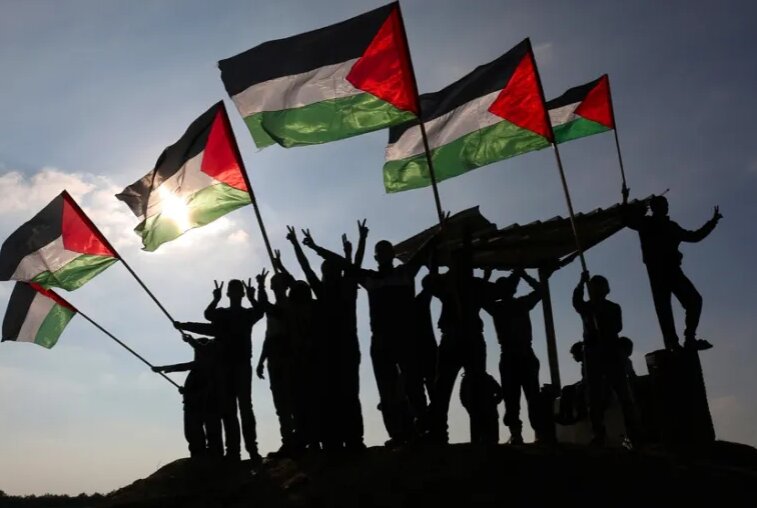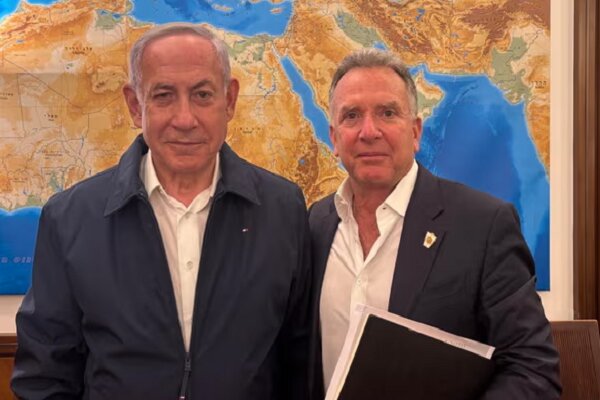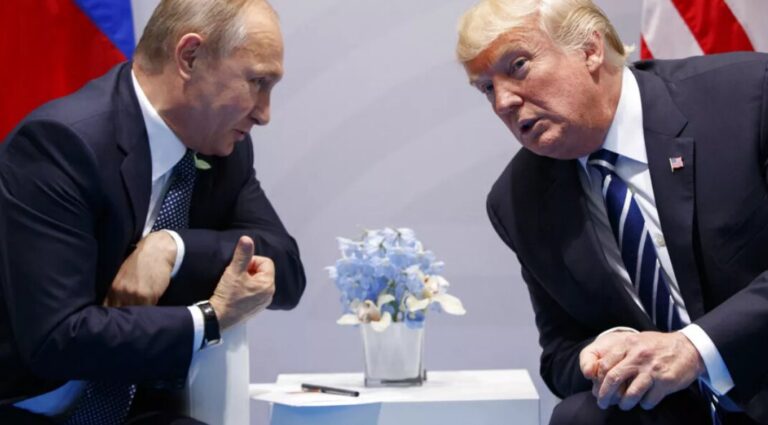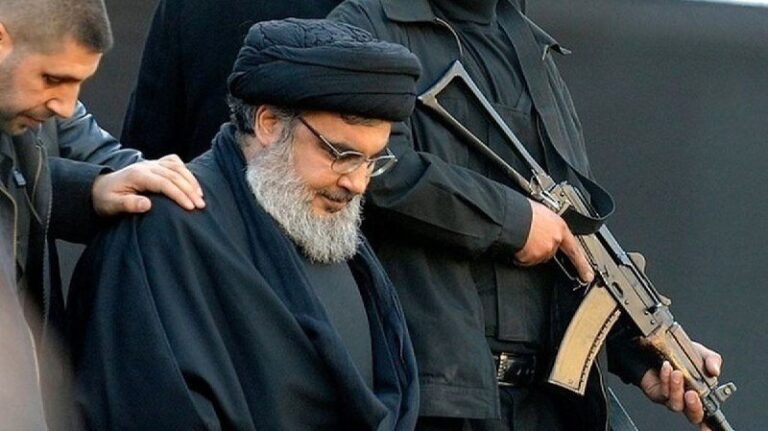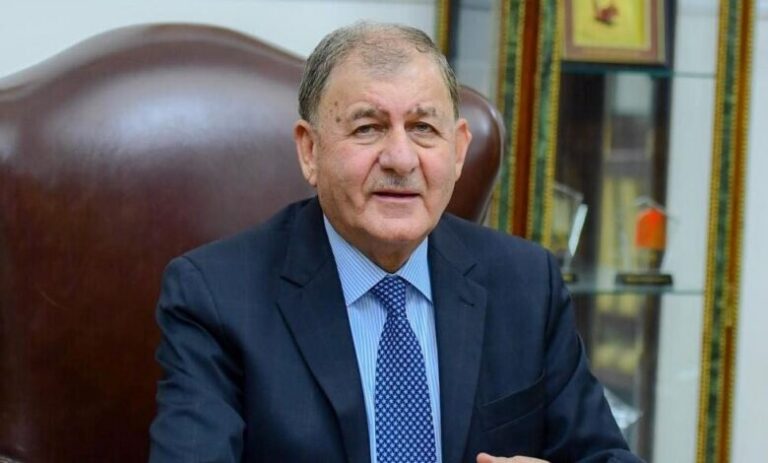Unifying for Freedom: The Key Strategy to Liberate Palestine from River to Sea
In a world where the struggle for Palestinian rights continues to intensify, the notion of national unity emerges as a vital force against the backdrop of ongoing conflicts and displacements. The recent developments surrounding the Gaza situation have highlighted the significance of Palestinian solidarity, showcasing it as a robust and unyielding defense against efforts to undermine Palestinian identity.
The battle for Palestine transcends mere territorial claims; it embodies an existential challenge reflecting a people’s unwavering resilience. Following the Al-Aqsa Flood Operation, the need for unity has shifted from being a mere political choice to an existential necessity—one that serves as the cornerstone for liberation.
This newfound cohesion, rooted in popular and resistance movements, has taken the occupiers by surprise, revealing the profound meanings of belonging and heroism. It weaves together various regions—connecting Gaza to Jenin, Jerusalem to Lebanon, the West Bank to Baghdad, and Jaffa to Sana’a—marking the emergence of a cohesive resistance axis that now leads the initiative.
The significance of the Axis of Resistance is also profound. Through years of confrontation, it has established a tangible deterrent balance, reshaping the rules of engagement throughout the region.
The Illusion of the Zionist Project
The Zionist project was initially built on a deceptive narrative: “A land without a people for a people without a land.” However, this myth is disintegrating under the weight of demographic realities, political strife, and on-the-ground conditions. The internal legitimacy crisis afflicting what is referred to as “Israel” is evident through escalating political and social rifts.
- Five elections in three years.
- Protests against the government in Jaffa.
- Demonstrations by Ethiopian Jews against racism.
- A crisis of trust between the military and political leadership.
- Resignations and mutinies within critical units like Unit 8200 of the intelligence corps.
These indicators reflect an unprecedented internal upheaval. The painful outcomes of the occupation’s aggressive tactics, particularly during the Al-Aqsa Flood Operation, along with security lapses in the West Bank and Jerusalem, have revealed that the notion of an “invincible army” is fading into myth. Discontent among the younger generation is palpable; a recent survey from Haaretz indicated that 48% of young individuals aged 18 to 30 are contemplating emigration.
Moreover, applications for emigration to countries like Canada, Australia, and Germany have surged by 37% in just three months. Even former Minister of Immigration Pinchas Goldstein has labeled the current situation as “the point of no return,” pointing to the most significant reverse migration wave since the Second Intifada.
Compounding these challenges is the escalating diplomatic isolation of the entity, exacerbated by growing international acknowledgment of the State of Palestine and the rise of Boycott, Divestment, and Sanctions (BDS) movements that have inflicted substantial economic and moral damage on pivotal Israeli sectors.
From Fragmentation to a Unified Liberation Strategy
Achieving liberation from occupation requires more than just emotions; it demands a cohesive national vision founded on comprehensive reconciliation among Palestinian factions. The time has come to activate the institutions of the PLO, unify political discourse, and initiate a clear liberation project that spans from the river to the sea.
Previous instances of popular resistance, such as the Return Marches, have demonstrated their effectiveness, and there’s a growing call to commemorate Land Day and the Nakba anniversary with greater participation. These movements have shown that popular mobilization can generate significant global momentum that the occupation cannot ignore.
Simultaneously, the Axis of Resistance continues to play a pivotal role, forming a robust shield against the occupiers despite suffering setbacks. This alliance, which integrates the expertise of Hezbollah, the support of Ansarallah, Iranian capabilities, and the valor of Gaza’s factions, has made war a costly endeavor for the occupiers.
International boycott campaigns, now encompassing major academic and economic institutions, have aided in revealing the true nature of the occupation, particularly following reports by international organizations labeling its practices as apartheid. These advocacy efforts are equally as vital as the on-ground struggle, complementing and amplifying each other.
The Path from Resistance to Statehood
The vision of liberating Palestine from the river to the sea is no longer a distant aspiration; it is evolving into a tangible project, with its contours becoming clearer each day. By capitalizing on internal fractures within the fragile Zionist entity, rallying global public support, and forging solid regional partnerships, liberation appears to be closer than ever.
It is increasingly difficult to overlook the transformative shifts triggered by the Al-Aqsa Flood operation. The operational command structures within the occupation entity are in disarray, with voices emerging from within urging a reassessment of the fundamental tenets of the Zionist project.
History is repeating itself, but this time at a much quicker pace. The very entity that instigated chaos in the region is now facing its own internal collapse.
Unity: The Key to Victory
Indeed, unity is not merely a slogan for special occasions; it is the essence of survival and resistance. As the “Israeli” narrative crumbles and its structural weaknesses become apparent, Palestinian unity—bolstered by the Axis of Resistance—emerges as a strategic weapon far more potent than conventional arms.
True liberation for Palestine requires a unified approach to decision-making, allowing for a redefinition of history. Palestine does not await anyone’s permission; it anticipates the unity of its people, the integration of its resistance, and a collective voice declaring:
“We are one people, with one land, and one cause… and our unity is our only path to freedom.”
